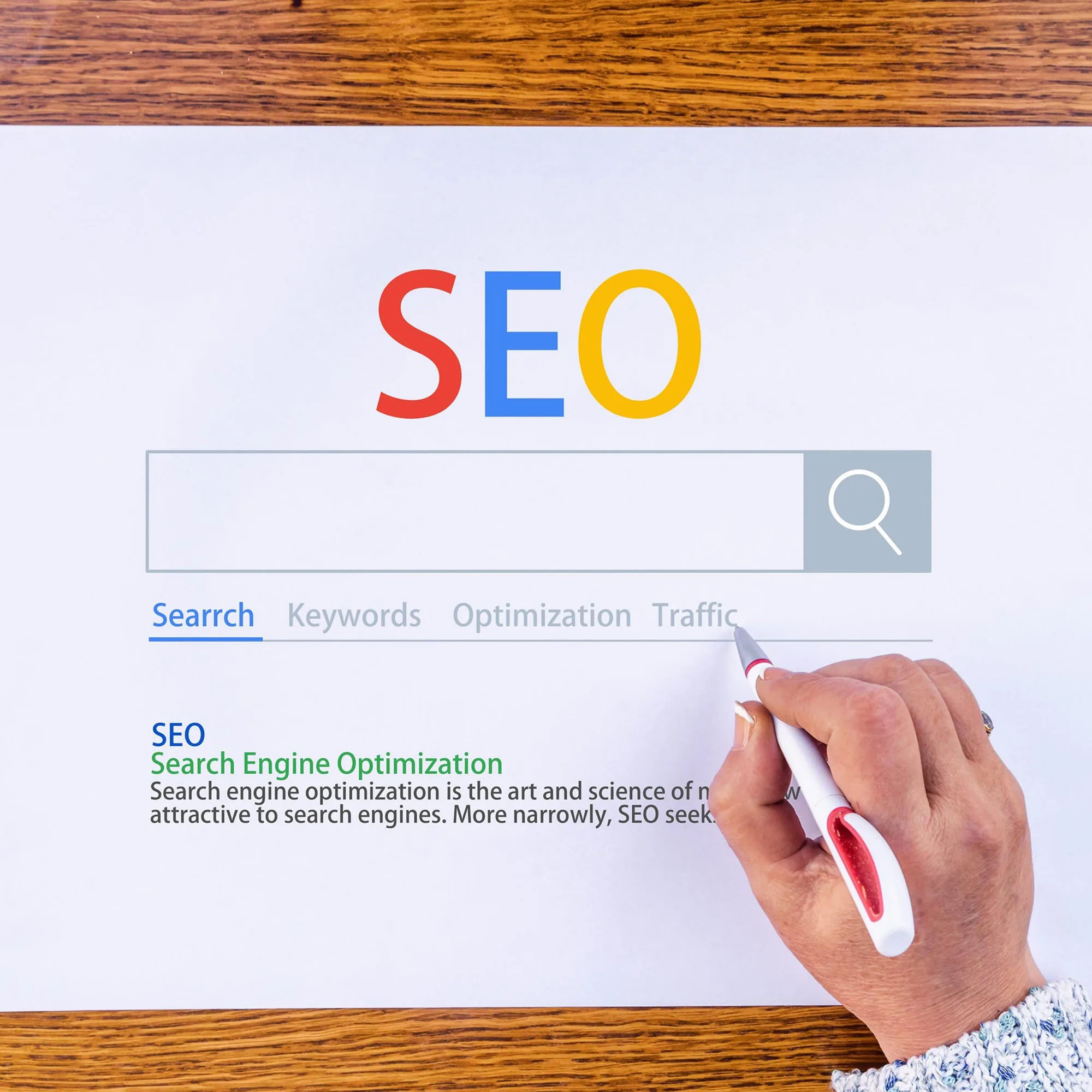If you’re running a website or managing SEO for a business, you probably know that targeting the right keywords is critical. But targeting keywords alone isn’t enough to achieve long-term success. To truly rank and convert, you need to understand search intent—the “why” behind every search query. Aligning your content with what users are actually looking for can drastically improve rankings, engagement, and conversions.
In this post, we’ll break down what search intent is, why it matters, and how to use it to create an SEO strategy that works.
What is Search Intent?
Search intent refers to the purpose or goal behind a user’s search query. It’s what people are really hoping to accomplish when they type a term into Google or another search engine.
There are four main types of search intent:
- Informational: Users want to learn something or get an answer (e.g., “how to optimize Shopify SEO”).
- Navigational: Users are looking for a specific website or brand (e.g., “Nike official store”).
- Transactional: Users are ready to take action or make a purchase (e.g., “buy running shoes online”).
- Commercial Investigation: Users are researching products or services before making a purchase (e.g., “best website builders for small businesses”).

Understanding the type of intent behind a keyword is crucial for creating content that satisfies your audience and ranks well in search results.
Why Search Intent Matters for SEO
Matching content to search intent impacts your SEO in several key ways:
- Improved Rankings: Google prioritizes content that satisfies the user’s query. Aligning your content with intent can boost visibility.
- Higher Engagement: When users find what they’re looking for, they stay longer on your site and explore more pages.
- Increased Conversions: Understanding intent allows you to create content that not only informs but guides users toward actions, like signing up for a newsletter or making a purchase.
Types of Search Intent and Real-World Examples
Let’s explore each type in more detail with examples:
- Informational: “What is search intent?” – Visitors want knowledge. Content should educate and provide clear answers.
- Navigational: “HubSpot login” – Users want a specific website. Content should include accurate navigation links and clear directions.
- Transactional: “Purchase Shopify SEO services” – Visitors are ready to buy. Pages should include product descriptions, pricing, and CTAs.
- Commercial Investigation: “Top SEO tools for small business” – Users compare options. Content should provide comparisons, reviews, and actionable advice.
How to Identify Search Intent
To uncover search intent for your target keywords:
- Analyze SERP Features: Check the top results for a keyword. Are they blogs, product pages, or videos?
- Use Keyword Tools: Platforms like SEMrush, Ahrefs, and Google Keyword Planner provide insights into keyword intent and search volume.
Assess Competitors’ Content: Review what currently ranks and notice patterns in content type, format, and depth.

Aligning Content with Search Intent
Once you know the intent, tailor your content accordingly:
- Informational Queries: Create in-depth guides, tutorials, and blog posts.
- Navigational Queries: Ensure your brand pages and directories are optimized.
- Transactional Queries: Focus on product pages, pricing, reviews, and clear CTAs.
- Commercial Investigation Queries: Offer comparison guides, case studies, and buyer resources.
Formatting, headings, and CTAs should all reinforce the intent behind the search.
Common Mistakes to Avoid
- Targeting keywords without considering intent.
- Creating content that doesn’t match the user’s expectations.
- Ignoring transactional intent on commercial pages, leading to lost conversions.
By avoiding these pitfalls, your SEO strategy becomes far more effective.
Measuring Success
To ensure your intent-focused SEO strategy works, track key metrics:
- Click-through rate (CTR): Indicates how compelling your search listings are.
- Bounce rate & dwell time: Shows whether content aligns with user expectations.
- Conversions: Measures whether traffic is taking desired actions (sign-ups, purchases, inquiries).
Regularly reviewing these metrics allows you to refine your approach and improve results over time.
Conclusion
Understanding search intent is essential for effective keyword targeting. By creating content that matches what users want and expect, you can boost your rankings, attract more qualified traffic, and turn visitors into customers.
If you’re ready to optimize your content strategy and grow your online presence, contact our SEO experts at 101 Keys today for a free consultation and start turning your traffic into loyal customers.
Frequently Asked Questions (FAQs)
Common mistakes include targeting keywords without considering intent, creating content that doesn’t meet user expectations, and ignoring transactional intent on commercial pages, which can lead to lost conversions.
Align content by creating the right type of page for the intent:
- In-depth guides for informational queries.
- Optimized product pages for transactional queries.
- Comparison guides for commercial investigation.
- Clear navigation and landing pages for navigational queries.
You can identify search intent by analyzing top-ranking pages in the SERPs, using keyword research tools like SEMrush or Google Keyword Planner, and assessing the type of content competitors are creating.
The main types of search intent are:
- Informational: Looking for knowledge or answers.
- Navigational: Trying to find a specific website or page.
- Transactional: Ready to buy or take a specific action.
Commercial Investigation: Researching products or services before making a purchase.
Understanding search intent allows you to align your content with what users want, improving your rankings, engagement, and conversions.
Search intent refers to the goal or purpose behind a user’s search query. It helps you understand what users are looking for so you can create content that meets their needs.

